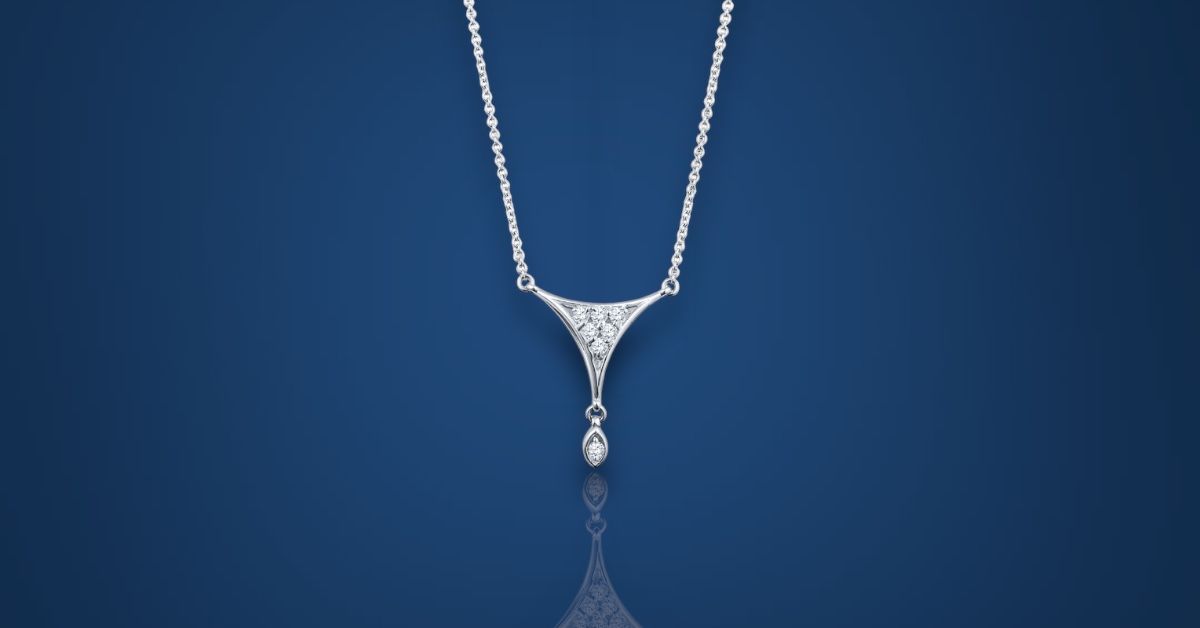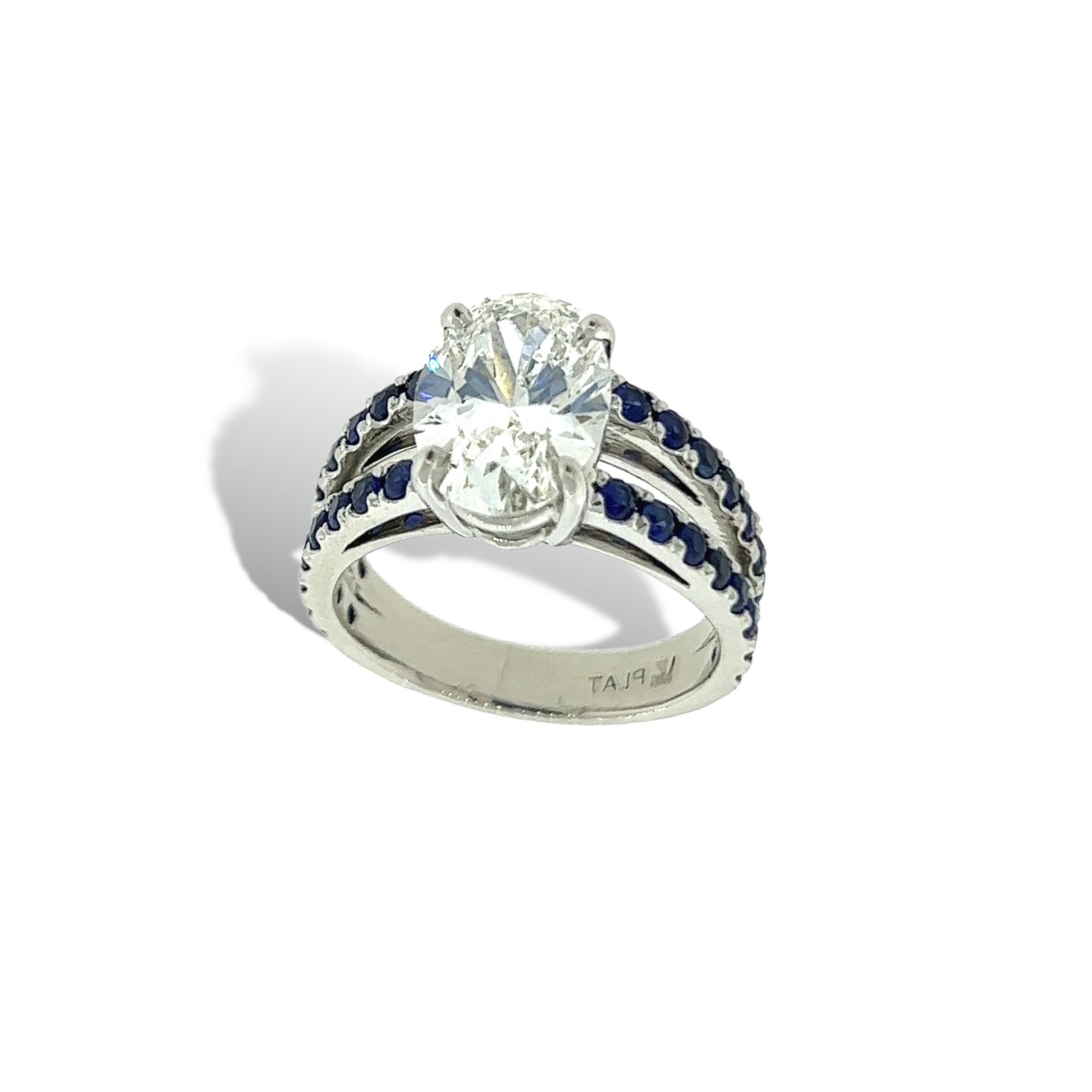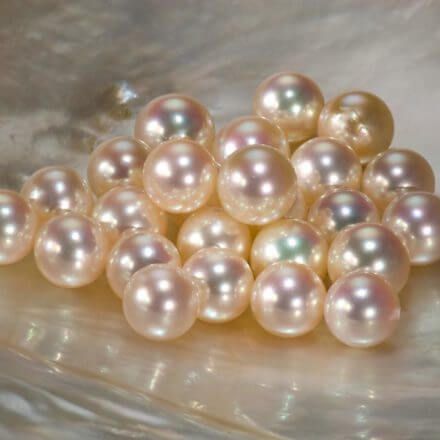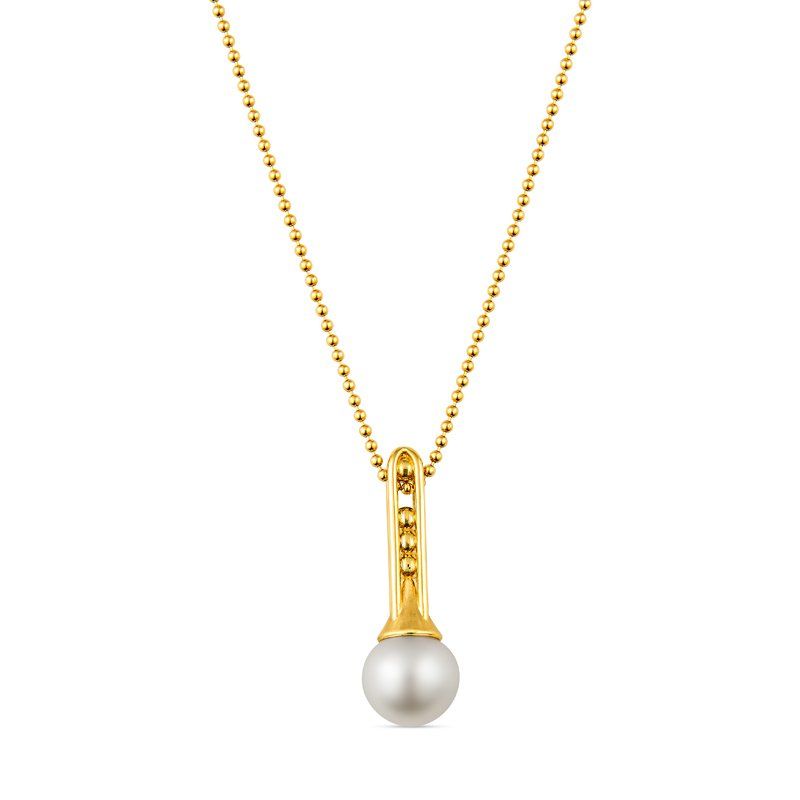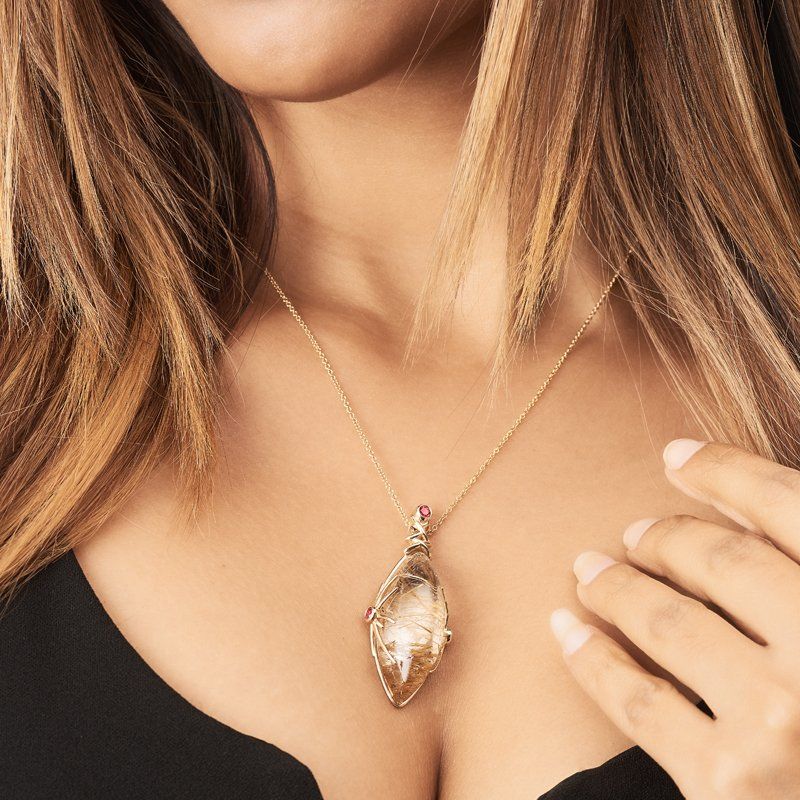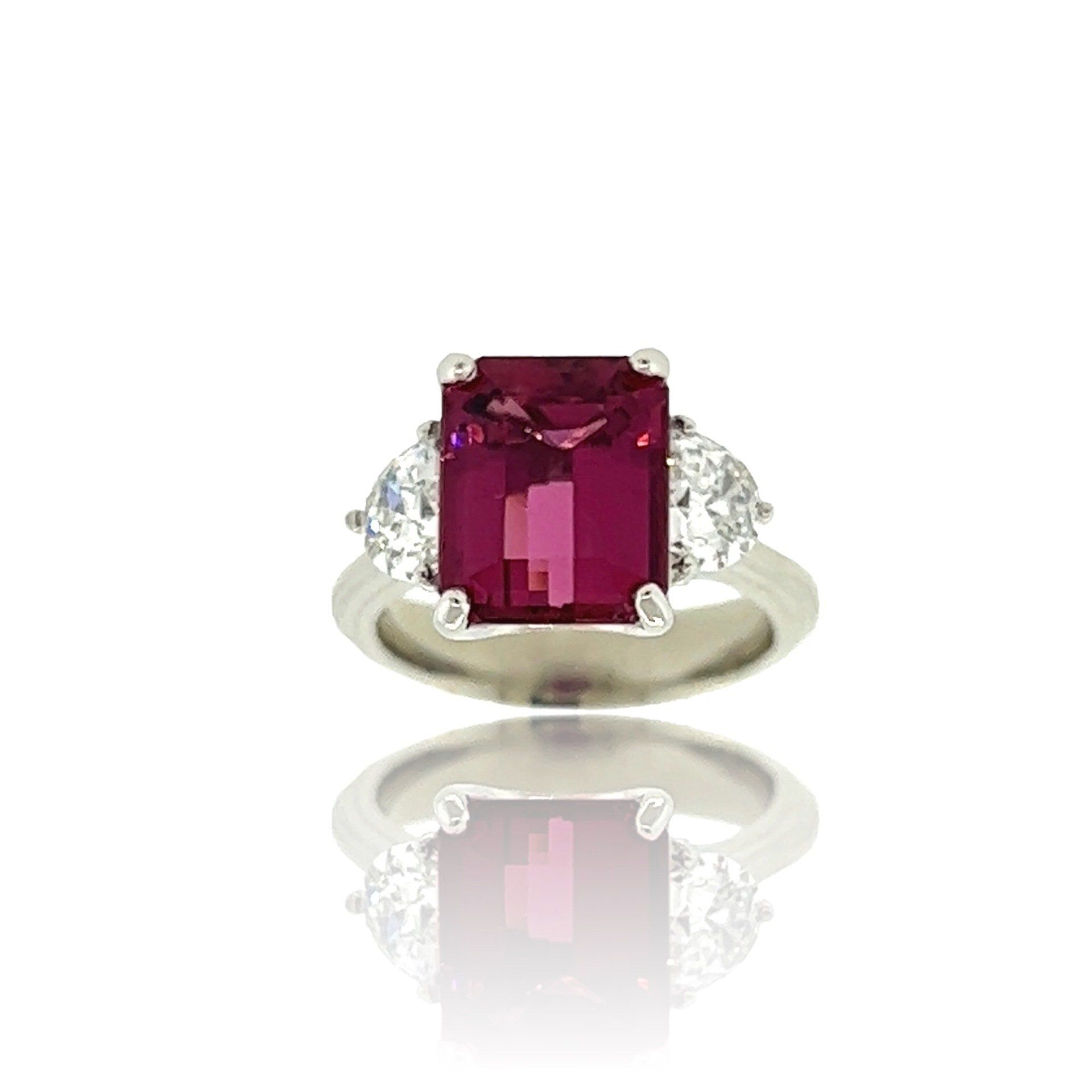

Five Tips for Keeping Your Jewelry in Tip-Top Shape
1. It’s important to have your jewelry professionally inspected at least twice a year.
Our experienced jewelers professionally clean and inspect your jewelry under high magnification. We‘ll advise you of the condition of your pieces, and any signs of wear including broken or cracked prongs, loose stones etc.
2. For a quick clean on diamond jewelry put it in a container with a splash of lemon ammonia and warm water. Let it set for a few minutes, lightly clean under and around the piece with a soft toothbrush, then rinse well with clear water. If your diamonds still look cloudy, repeat above and be certain to RINSE VERY WELL. *Always block the drain BEFORE rinsing to keep jewelry from accidentally dropping into the drain!
3. Pearls should be the last thing you put on, and the first thing you take off.
Pearls are naturally porous and absorb practically anything they come in contact with such as hairspray, perfume, and lotions. Such chemicals will damage the lustrous nacre (surface) of pearls and may discolor the silk they are strung on, or the pearls themselves. Wipe pearls after each wear with a clean, soft cloth before storing safely away from other pieces of jewelry or things that could damage the surface of the pearls.

4. Keep sterling silver jewelry in air tight ziplock baggies with anti-tarnish papers to keep oxidizing to a minimum. Buy a polishing cloth with rouge to give your silver a quick polish before you wear it. Clean silver is a better to accessory to your outfit than a tarnished or yellowed piece. Never dip silver jewelry set with gemstones or pearls into a silver polish! You will ruin the stones!
5. Store your jewelry so it’s easy to see all the pieces you have. You’ll be more likely to change it up and wear all of your pieces if you can easily see them. Keep each piece separated from the others to avoid scratching the metal or gemstones. Some of our clients use small ziplock baggies to keep pieces separate, and to quickly select items for travel-they are already wrapped to-go! If you ask, we’ll give you some baggies!
Of course we want you to come see us for all of your jewelry needs, be it new purchases or cleaning pieces you already own. We’re here to answer all of your questions about fine jewelry.
**Mention you read this blog and receive 15% off any service at Jewelry By Design.
The post Five Tips for Keeping Your Jewelry in Tip-Top Shape appeared first on Official Jewelry By Design Website.
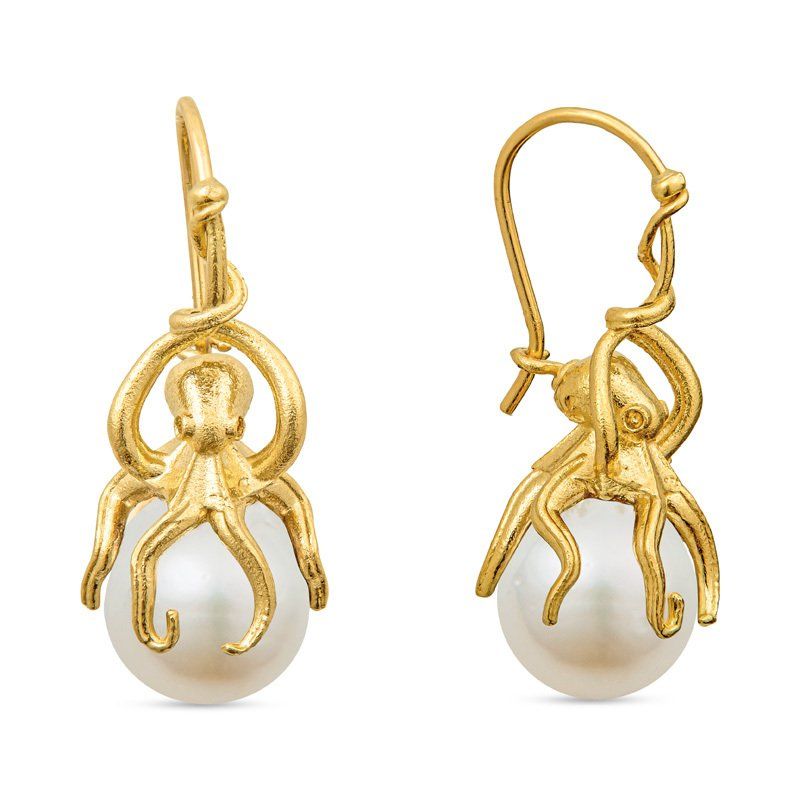

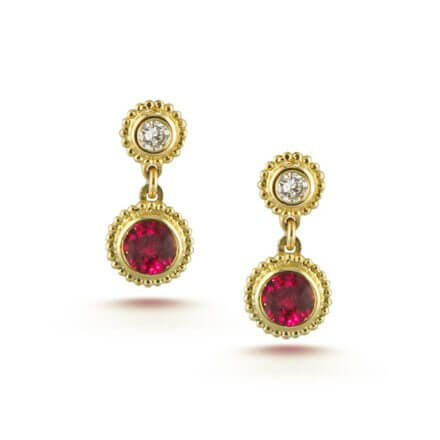


Tuesday - Wednesday 11:00 - 5:00
Thursday 11:00 - 5:30
Friday 11:00 - 4:00
Saturday 10:00 - 2:00
Sunday - Monday Closed
Join Our Mailing List

